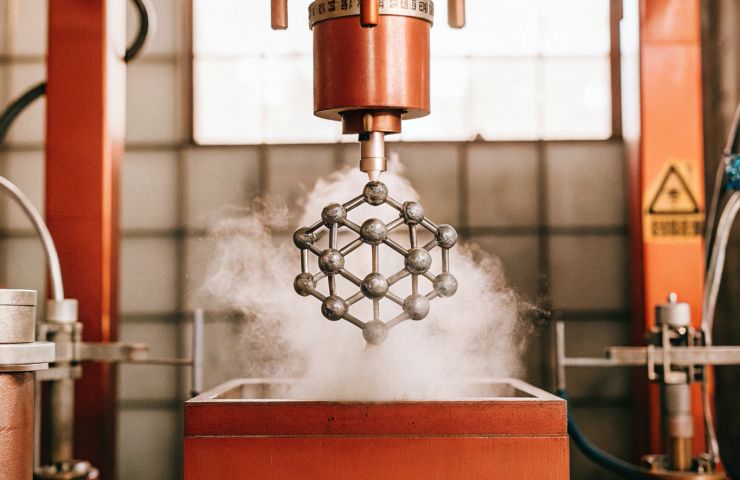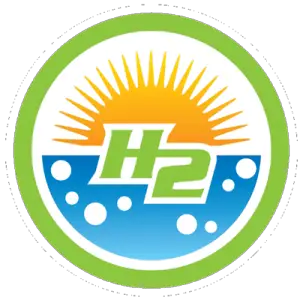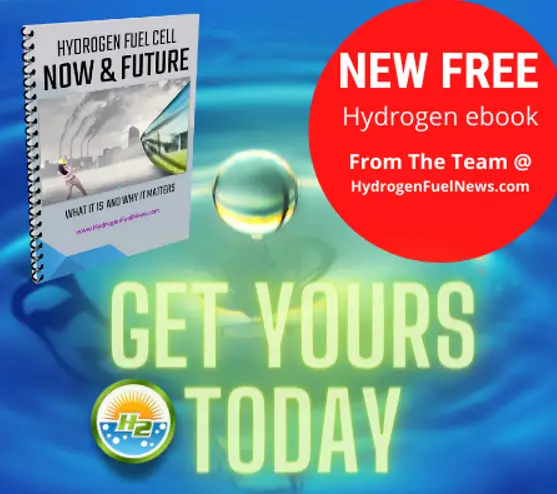
South Korea’s KIER Triples Ammonia-to-Hydrogen Efficiency with Breakthrough Ruthenium Catalyst
July 10, 2025The Korea Institute of Energy Research (KIER) led by Dr. Kee Young Koo, has developed a brand-new ruthenium-based catalyst that dramatically boosts the efficiency of ammonia decomposition. What makes this special? It’s the way they made it: a clever polyol-based synthesis using butylene glycol, which creates ultra-small, 2.5nm ruthenium nanoparticles—no pricey additives needed.
Lower temperatures, higher hydrogen yield
Thanks to this innovation, the process can now run at just 500 to 600°C—which is much lower than what current systems require—and still produces over three times as much hydrogen. That’s a serious performance upgrade, and it comes with a welcome bonus: much lower energy demand. On top of that, producing the catalyst itself is now cheaper and more scalable than ever before.
Why it matters for clean energy
This could be huge news for clean energy. As ammonia continues to gain traction as a key hydrogen carrier, making ammonia decomposition more efficient and affordable unlocks new possibilities for hydrogen fuel cells and industrial decarbonization. The potential here isn’t just theoretical—this work has already earned a front-page feature in the journal Small and is backed by national research funding.
Looking ahead: commercialization and challenges
Dr. Koo’s team is now steering the project toward real-world applications. Of course, a few bumps in the road remain—namely, the limited availability of ruthenium. But even with that, South Korea is taking a clear lead in the push for next-gen clean ammonia and hydrogen solutions.



 With over 15 years of reporting hydrogen news, we are your premier source for the latest updates and insights in hydrogen and renewable energy.
With over 15 years of reporting hydrogen news, we are your premier source for the latest updates and insights in hydrogen and renewable energy.